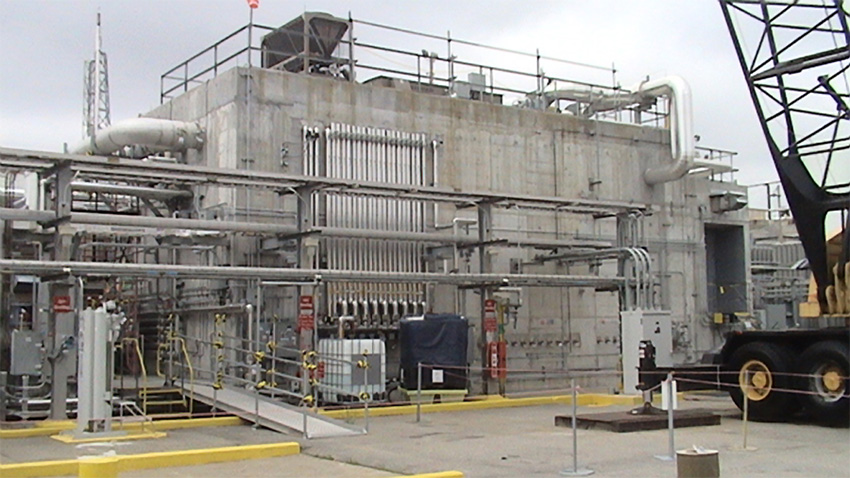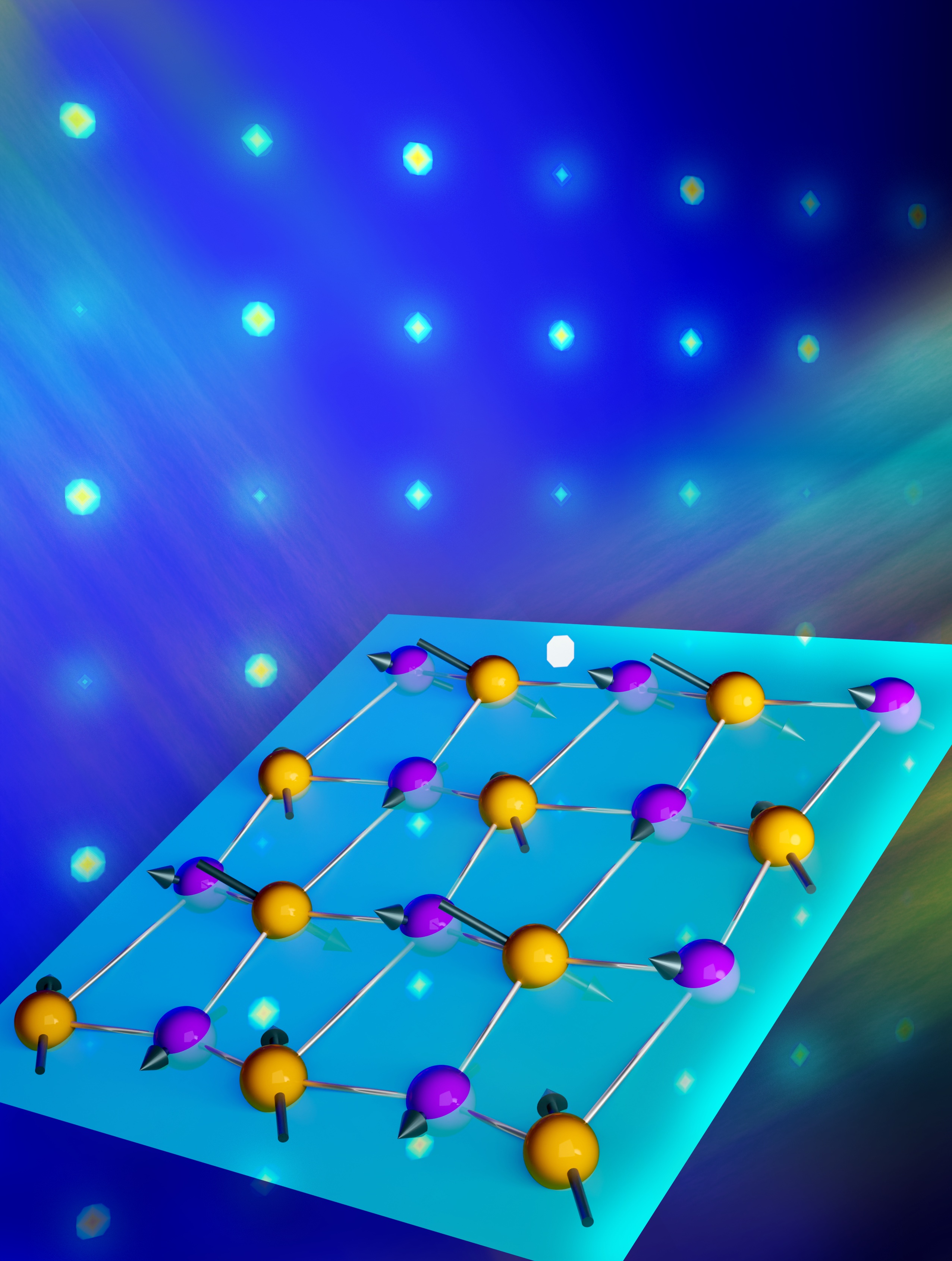Improved Method to Clean-Up Legacy Radioactive Waste
Chemistry provides a route to selective binding and extraction of radioactive cesium.

The Science
Fundamental separations science research developed an understanding of the synthesis, structure, and thermodynamics of molecules that selectively bind radioactive cesium-137, a troublesome fission product, allowing trace cesium to be selectively separated from concentrated salt solution.
The Impact
The calixarene extractant’s extraordinary selectivity for cesium ions versus sodium ions provides the necessary selectivity for removal of cesium from legacy radioactive waste tanks; it was developed into a commercial process and has been used in a pilot plant to clean-up over 3 million gallons of high-level salt-waste. A full-scale $1.7B plant is under construction at the Savannah River Site.
Summary
During the Cold War, nuclear weapons production created many radioactive fission byproducts, a major one being cesium-137. These by-products continue to be stored in tanks at the facilities where the processing took place. The mixture of materials, consisting of a small mass of toxic radionuclides in 90 Mgal of inorganic salts, in these tanks make clean up particularly challenging, a truly needle-in-the-haystack type of problem. Fundamental research in separations science at Oak Ridge National Laboratory identified a molecule that selectively binds to cesium called BOBCalixC6. The research focused on the principles of host-guest chemistry, emphasizing the synthesis of tailored host molecules such as crown ethers and calixarenes that selectively bind cesium. By studying the structure of crown ethers and calixarenes complexes with alkali metal ions and the thermodynamics of ion binding and extraction, the researchers opened a door to exploiting the potential of these novel molecules for the cesium separation problem. Applied research incorporated BOBCalixC6 into the Caustic Side Solvent Extraction (CSSX) process and provided critical insights toward overcoming technical problems and improving the technology for scale-up and maturation. Partnerships with Argonne, Savannah River, Pacific Northwest, and Idaho National Laboratories were key in the engineering and scale-up. Since 2008, a pilot plant based on CSSX has successfully processed almost three million gallons of high-level salt-wastes at the Savannah River Site. A full-scale facility, the Salt-Waste Processing Facility (SWPF), is moving towards deployment; this facility will play a key role in the treatment and disposition of 34 million gallons of high-level salt waste at this site ($10B life cycle). Even before the SWPF is commissioned, the next-generation CSSX process, also a spin-off of BES sponsored research, offers such dramatic improvements in waste decontamination and processing rate that it will be implemented in the pilot facility in 2013. Ultimately, the treatment and disposition these wastes will enable tank closure and complete one of DOE’s Office of Environmental Management’s highest environmental priorities at significant cost savings.
Contact
Bruce Moyer
ORNL
moyerba@ornl.gov
Philip Britt
ORNL
brittpf@ornl.gov
Funding
Basic Research: DOE Office of Science, Office of Basic Energy Sciences
Follow-up Applied R&D: DOE Environmental Management Science Program and EM Office of Technology Innovation and Development
Publications
For publications on this topic, see: http://www.ornl.gov/sci/physical_sciences_directorate/highlight_improvedmethod_moyer.shtml
Related Links
http://www.ornl.gov/sci/casd/csg/highlights/bobcalix.html
http://sti.srs.gov/fulltext/ms2003317/ms2003317.pdf
Highlight Categories
Performer: DOE Laboratory
Additional: Technology Impact , Collaborations , NE , EM , NNSA



